Key points
– Institutional entry: The US government is more friendly to the crypto industry, and with the new SEC leadership pushing for clearer regulation, institutional investment is accelerating.
– Tokenization and AI: Physical asset tokenization (RWA) combined with AI technology makes blockchain applications more convenient and automated while improving security.
– DeFi and Bitcoin trends: DeFi is introducing AI and RWA, while Bitcoin continues to gain popularity due to ETFs and Layer 2 upgrades.
– Security and compliance: Stricter supervision and security measures make the market more robust and reduce potential risks.
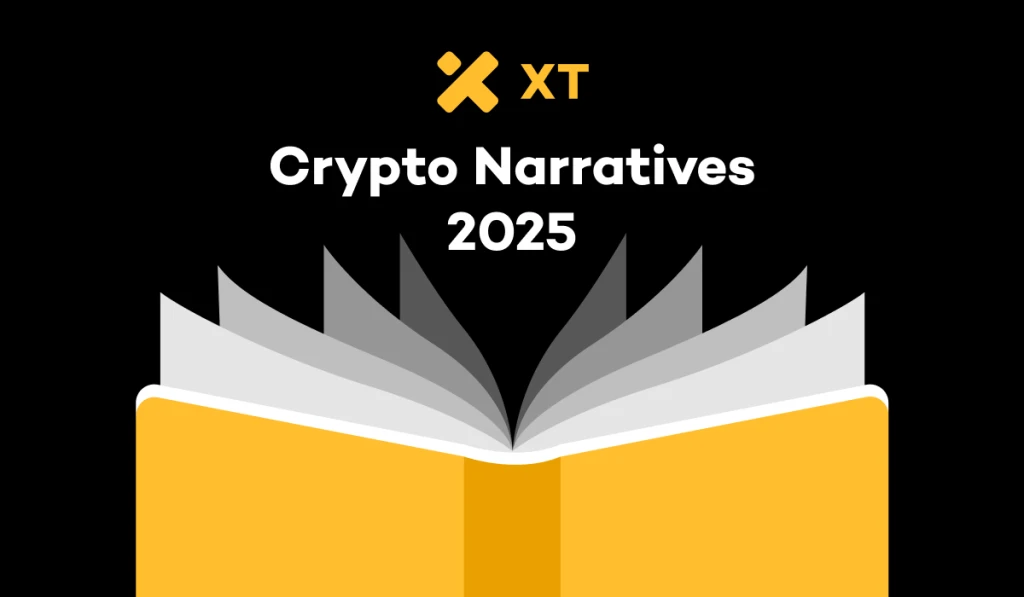
Cryptocurrency and blockchain technology have been deeply integrated into the global financial system in 2025. As governments around the world continue to improve their supervision, institutional investors are accelerating their entry into the market, and the combination of AI and blockchain brings new possibilities, the market has ushered in unprecedented opportunities. Whether it is investors, policymakers, or ordinary users, they can all benefit from this change.
In this in-depth analysis, we will explore nine core trends that will impact the crypto market, from the tokenization of physical assets (RWA) to the combination of DeFi and AI, to help you understand the most noteworthy blockchain development directions in 2025.
Table of contents
Institutional adoption and regulatory development
Tokenization of physical assets (RWA)
Artificial Intelligence (AI) and Blockchain Integration
Decentralized Finance (DeFi) Expansion
Decentralized Physical Infrastructure Network (DePIN)
Non-fungible tokens (NFT) and game integration
Enhance security and regulatory compliance
Institutional adoption and regulatory development
Key Summary
– Crypto-friendly government: The Trump administration supports digital assets and is rumored to issue executive orders involving the deregulation of crypto banking, accounting reforms, and even the establishment of a U.S. Bitcoin Reserve.
– SEC Regulatory Leadership Change: Cryptocurrency proponent Paul Atkins is now chairman of the U.S. Securities and Exchange Commission (SEC), heralding clearer regulatory guidance and accelerated institutional adoption.
– Global regulatory change: The EU and Asia are adjusting their regulatory frameworks, trying to strike a balance between protecting investors and promoting innovation.
Why it matters
– Clear regulation: Clearer policies can attract institutional capital.
– Market trust: Institutional participation helps to enhance public confidence in the crypto market.
– Growth Potential: A stable regulatory environment supports technological innovation and job growth.
Focus
– Issuance of executive orders related to crypto banking.
– New SEC regulations on token issuance and ETFs.
– Cooperation and harmonization of standards among global regulators.
Noteworthy projects
– Bitcoin (BTC) – Institutional investment, ETF expansion, possible national reserve asset.
– Ethereum (ETH) – A core pillar of DeFi and regulatory framework.
– Ripple (XRP) – has a key influence on cross-border payments and regulatory compliance.
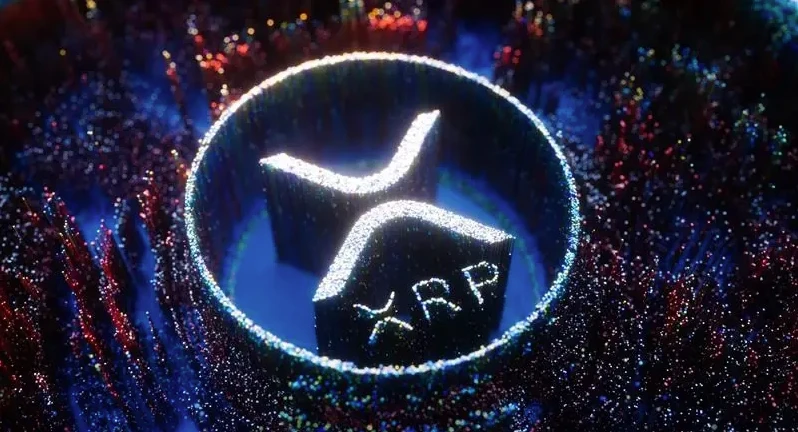
Image Credit: Coin Fomania
Tokenization of physical assets (RWA)
Key Summary
– Definition: Tokenization of physical assets refers to the conversion of assets such as real estate, gold or art into digital tokens on the blockchain.
– Institutional participation: Investment giants such as BlackRock have begun to adopt tokenization technology, which shows that the market is moving away from speculative retail trading and towards more scalable institutional investment.
– Fractional ownership: High-value assets can be broken down into smaller digital tokens, allowing all types of investors to participate, breaking down market barriers that previously only allowed wealthy investors or qualified institutions to enter.
Why it matters
– Improved liquidity: Tokenization can unlock assets that were previously limited to large real estate or other illiquid assets. For example, a skyscraper can be tokenized to allow thousands of investors to hold fractional shares.
– Expanding investment accessibility: Small investors can now invest in assets that were previously out of reach, such as luxury real estate or art.
– Reduced costs: Blockchain transactions are often cheaper and faster than traditional transaction methods (such as through brokers, trust institutions or cumbersome documentation processes).
Focus
– Progress in cooperation between large asset management companies and crypto platforms.
– Legal precedents related to tokenized assets, particularly property rights issues and regulatory challenges of cross-border transactions.
– Further improvements in technology to ensure that tokens accurately represent physical assets and ensure the security and authenticity of ownership.
Noteworthy projects
– Polymesh (POLYX) – A blockchain designed specifically for security token issuance and compliance.
– Chainlink (LINK) – provides price data of physical assets for DeFi and tokenized applications.
– Realio (RIO) – A decentralized platform focused on tokenizing private equity and real estate assets.
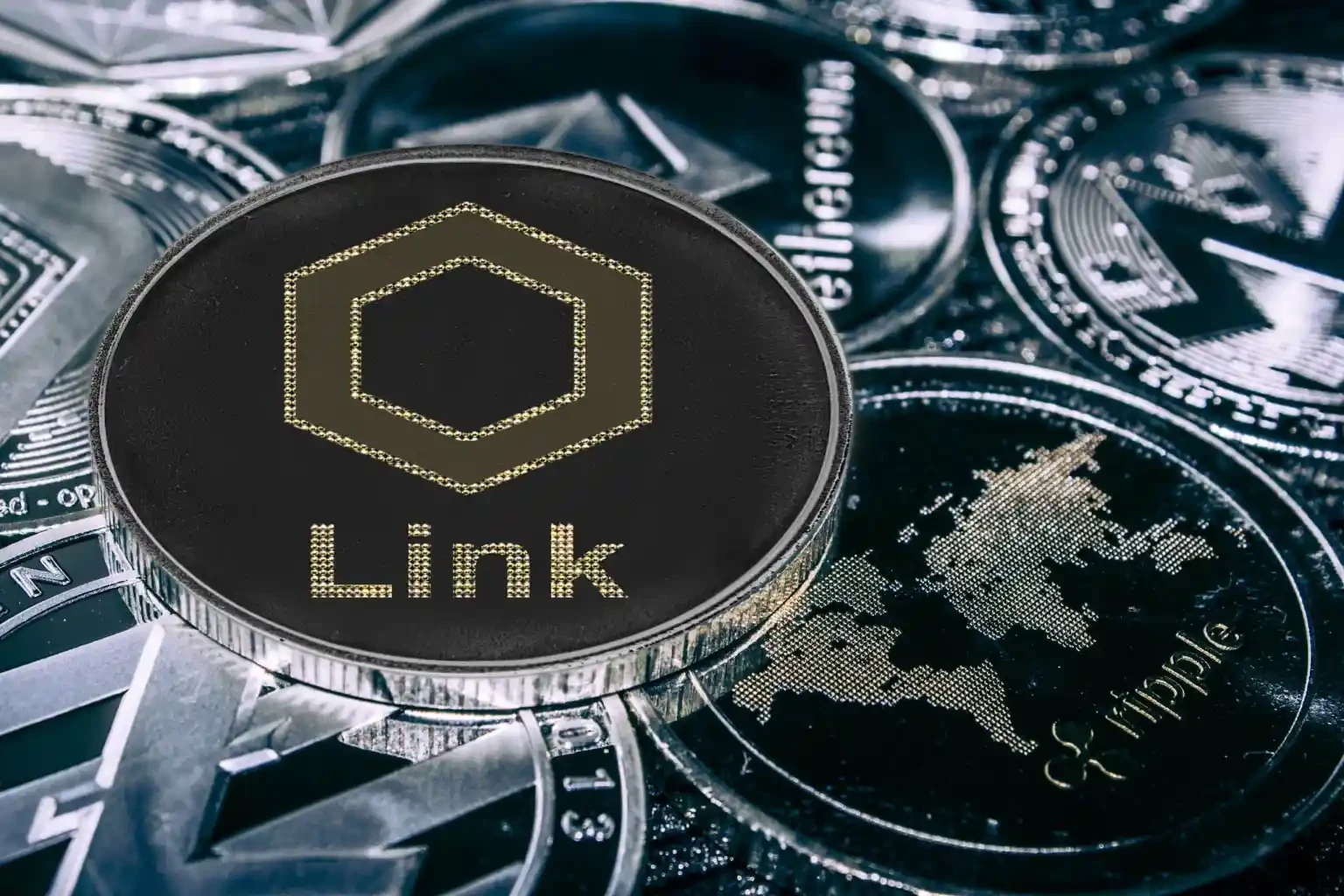
Image Credit: BTC Echo
Artificial Intelligence (AI) and Blockchain Integration
Key Summary
– US investment: The Trump administration has invested $500 billion in AI research and infrastructure construction to promote the development of a new generation of AI + blockchain solutions.
– Synergy between AI and blockchain: AI processes massive amounts of data, while blockchain ensures the security and transparency of data and is widely used in industries such as finance and healthcare.
– Quantum-resistant encryption: As quantum computing technology develops, AI-driven blockchain encryption technology will become key to protecting digital assets.
Why it matters
– Data integrity: Blockchain is tamper-proof, ensuring that AI models use trustworthy data.
– Automated smart contracts: AI analysis results can directly trigger transactions and optimize financial operations.
– Wider applications: Governments and enterprises are accelerating the integration of AI + blockchain technology.
Focus
– Application development of government and enterprises in the field of AI + blockchain.
– Real-time analytics solutions leveraging on-chain data.
– Progress in quantum-safe blockchain technology.
Noteworthy projects
– Fetch.ai (FET) – Automated smart contract and decision making AI solution.
– SingularityNET (AGIX) – Decentralized AI marketplace.
– Ocean Protocol (OCEAN) – A secure AI data sharing blockchain platform.
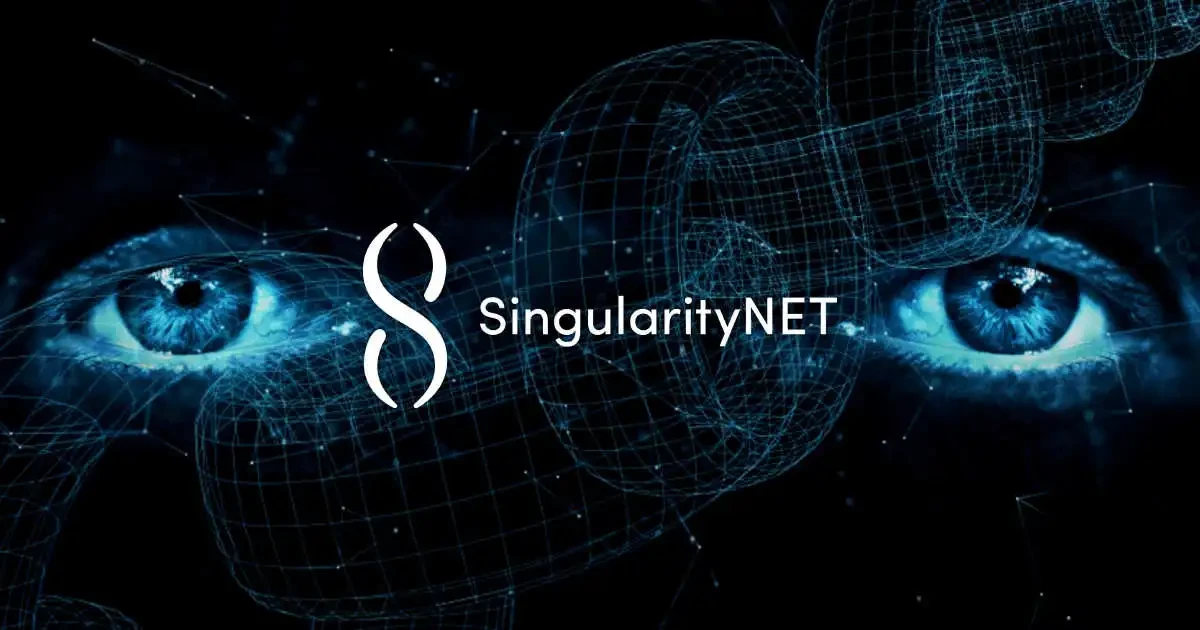
Image Credit: Altcoin Buzz
Decentralized Finance (DeFi) Expansion
Key Summary
– More user-friendly experience: DeFi platforms in 2025 provide intuitive dashboards, mobile applications, and simplified registration processes, making it easier for newcomers to get started.
– AI technology integration: Intelligent algorithms can optimize lending, market forecasting, and provide personalized financial services.
– Tokenized assets: DeFi has expanded into real estate, commodities, and luxury goods markets, allowing users to stake and borrow.
Why it matters
– Wider adoption: DeFi is attracting users from all backgrounds, truly democratizing finance.
– Diversification benefits: Investors can profit from both cryptocurrencies and tokenized physical assets.
– Automation: Smart contracts reduce reliance on banks and brokers, improving transaction efficiency.
Focus
– Cooperation between banks and DeFi platforms to promote seamless integration of fiat currency and cryptocurrency services.
– How KYC/AML (Know Your Customer/Anti-Money Laundering) regulations affect the compliance development of DeFi.
– How AI-driven risk assessment tools can improve DeFi lending security.
Noteworthy projects
– Aave (AAVE) – AI enhances lending capabilities and improves funding efficiency.
– MakerDAO (MKR) – DAI stablecoin provides a decentralized collateral system.
– Uniswap (UNI) – Leading decentralized exchange (DEX) that integrates AI for automated trading.
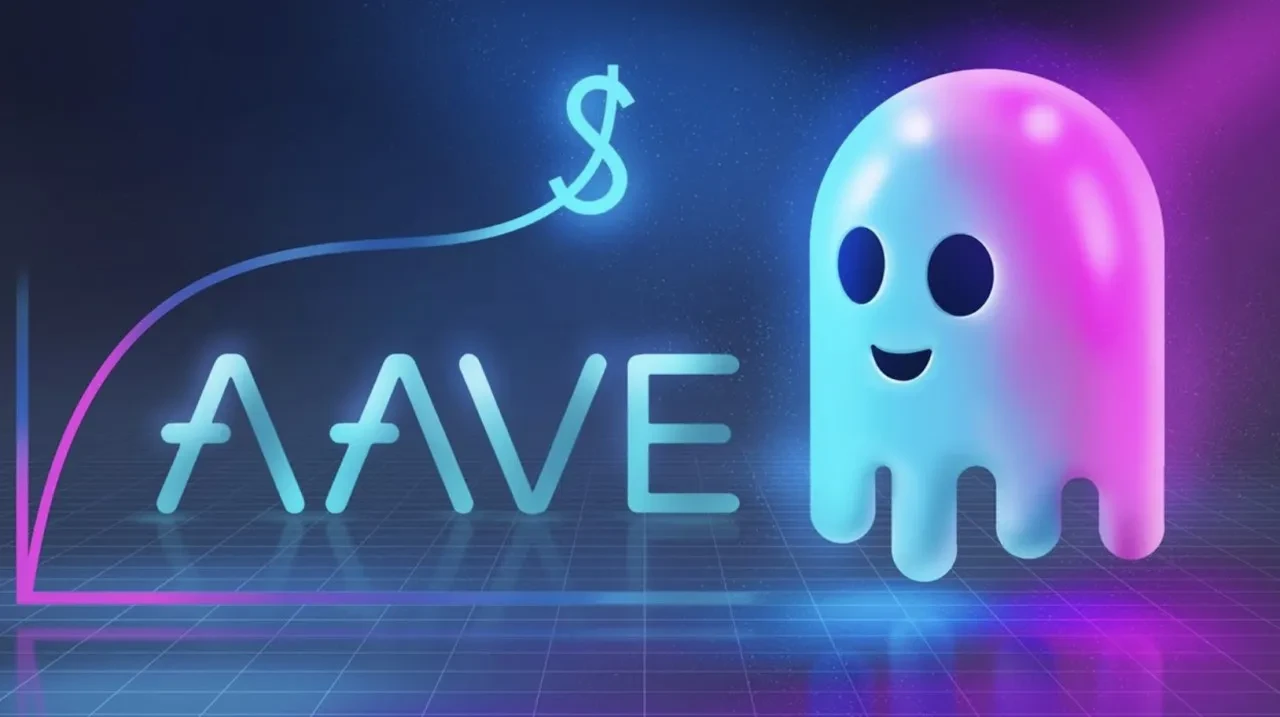
Image Credit: Pintu
The Evolution of the Bitcoin Ecosystem
Key Summary
– Price Prediction: Analysts predict that Bitcoin (BTC) could reach $120,000 to $200,000 by 2025, driven by institutional inflows and regulatory clarity.
– Bitcoin ETFs: ETFs have become widely available, making it easier for traditional investors to gain exposure to BTC.
– Scaling solutions: Lightning Network and Sidechains improve transaction speed and cost, and enhance the practical application of Bitcoin.
Why it matters
– Market cornerstone: Bitcoin has a profound impact on the overall crypto market sentiment and adoption.
– Mainstream development: ETFs and Layer 2 solutions solve the problems of slow Bitcoin transactions and high fees in the past.
– Government adoption: Some countries may include BTC in their national reserve assets.
Focus
– How institutional funds (pension funds, banks, etc.) accumulate BTC holdings.
– How Bitcoin upgrades can expand its use beyond just “store of value”.
– Potential government holding plans or policy adjustments on BTC.
Noteworthy projects
– Bitcoin (BTC) – The leading asset to benefit from ETFs and institutional investment.
– Stacks (STX) – Run smart contracts and DeFi applications on Bitcoin.
– Lightning Network – Facilitates low-cost, high-speed BTC transactions.
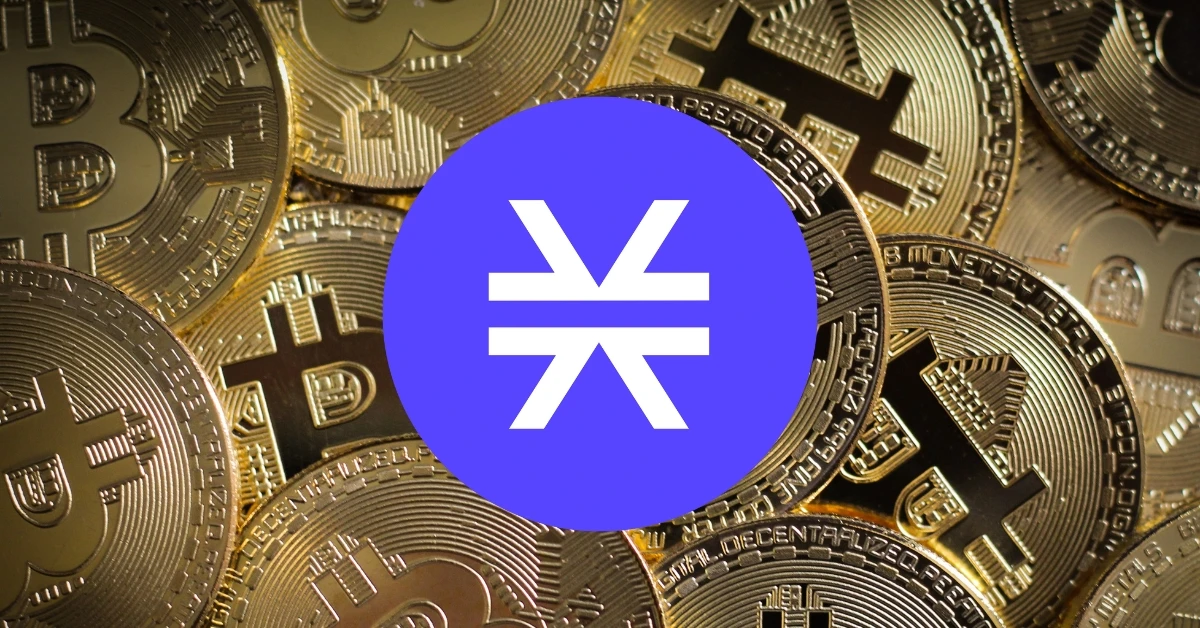
Image Credit: Zerocap
Ethereum Pectra Upgrade
Key Summary
– Merged upgrade: The “Pectra” upgrade is expected to be launched in April 2025, merging the originally planned Prague and Electra upgrades, with a focus on improving scalability and security.
– Account Abstraction: Allows users to pay transaction fees (Gas) in a variety of tokens, no longer limited to ETH, making dApp interaction more convenient.
– Increased validator staking limit: The maximum effective staking amount is increased from 32 ETH to 2,048 ETH to simplify the staking process and improve network efficiency.
– Verkle tree: optimizes node data storage and verification methods, reduces the size of data proofs, and improves network performance.
Why it matters
– User-friendliness: Multi-token gas fee payment mechanism lowers the user entry threshold and increases the usage rate of decentralized applications (dApps).
– Improved scalability: Verkle trees and improved staking mechanisms can reduce network congestion and improve transaction efficiency.
– Security risks: Analysts (including JPMorgan) have pointed out that new protocols and features may bring potential security risks.
Focus
– Account abstraction adoption rate: whether dApps widely support multi-token gas fee payment.
– Validator staking ecosystem: How does validator participation change after the staking amount increases?
– Security Audit: Security verification results of Verkle tree implementation and overall network resilience.
Noteworthy projects
– Ethereum (ETH) – The core network is undergoing a major technological shift.
– Lido (LDO) Rocket Pool (RPL) – Liquidity staking platforms that may be affected by changes in staking demand.
– Layer-2 solutions – Rollup solutions such as Arbitrum and Optimism may benefit from the Pectra upgrade.
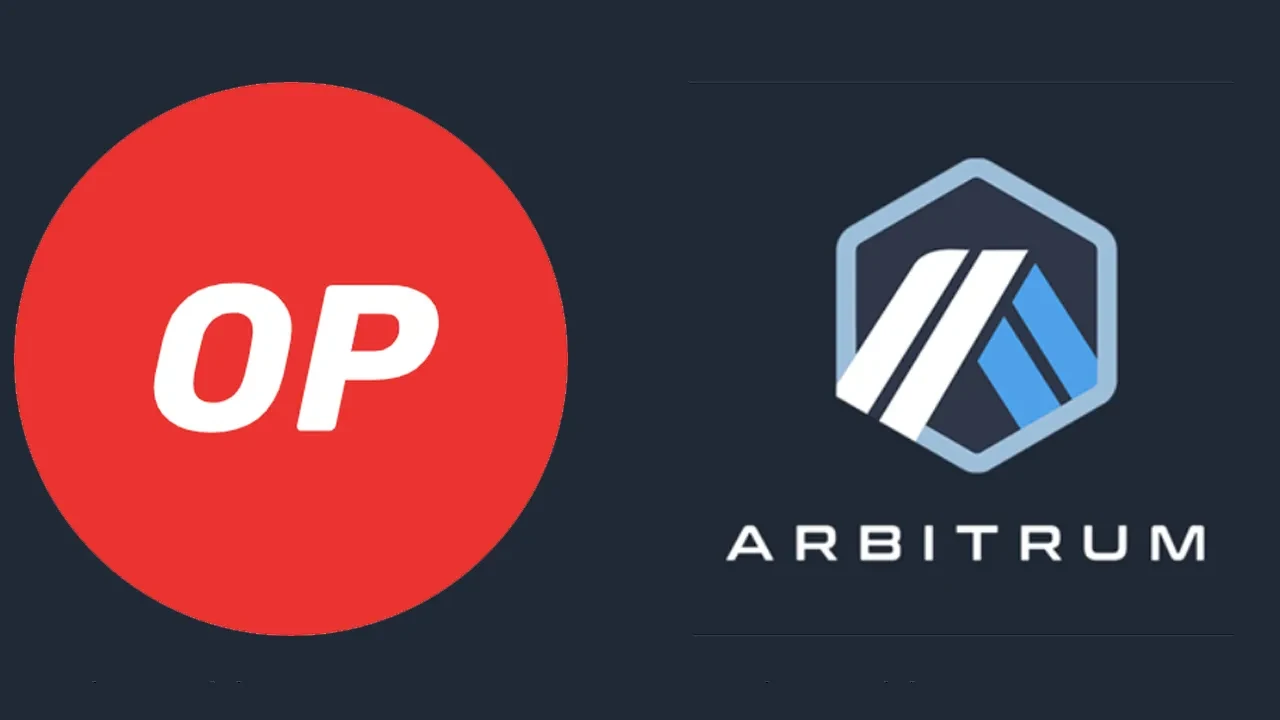
Image Credit: Bitcoin News
Decentralized Physical Infrastructure Network (DePIN)
Key Summary
– Blockchain Infrastructure: DePINs (Decentralized Physical Infrastructure Networks) are used to finance and manage telecommunications, energy and transportation networks.
– Community governance: Token holders can vote on project expansion and resource allocation to achieve community autonomy.
– Automated payments: Smart contracts ensure that funds are transparently managed and distributed based on performance.
Why it matters
– Community ownership: Infrastructure can be managed by local communities, reducing reliance on monopoly companies.
– Improved transparency: Blockchain can reduce the risk of corruption and mismanagement of resources.
– Investment potential: Infrastructure tokenization creates a completely new revenue model.
Focus
– Municipal pilot programs to test decentralized energy and telecommunications solutions.
– The growth of tokenized infrastructure assets, such as solar energy certificates.
– How regulatory policies affect the coexistence model between DePINs and traditional utilities.
Noteworthy projects
– Helium (HNT) – provides a decentralized wireless network for Internet of Things (IoT) devices.
– Filecoin (FIL) – a distributed cloud storage solution powered by blockchain.
– Render Network (RNDR) – Decentralized GPU computing power marketplace for AI and the Metaverse.
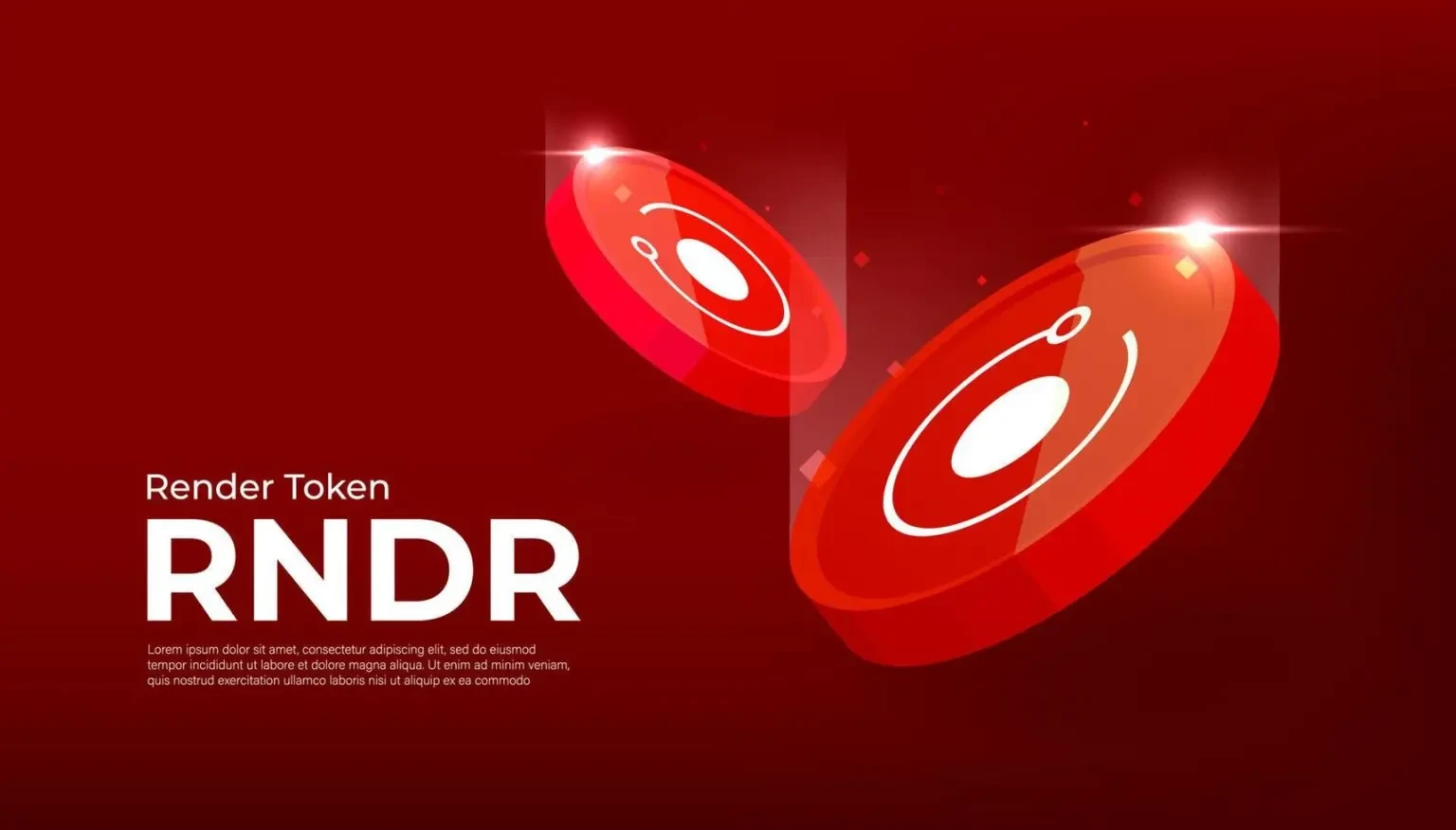
Image Credit: Vecteezy
The integration of non-fungible tokens (NFTs) and games
Key Summary
– NFT in-game assets: In-game character appearances, weapons, and collectibles can be tokenized, giving players true ownership and external trading.
– Cross-game interoperability: Some NFTs can be used across multiple gaming platforms, creating an interconnected economic ecosystem.
– Player monetization opportunities: Players can profit by selling or leasing NFTs, and developers can earn income through transaction fees.
Why it matters
– Player-driven economy: Users can lead the development of the in-game market and enhance their sense of participation.
– Mass adoption: Millions of gamers participate in NFTs, driving the popularity of blockchain technology.
– New revenue model: Developers can profit from NFT royalties and secondary market transactions.
Focus
– Collaborative development between AAA game studios and blockchain projects.
– How e-sports integrates NFT-based reward and points mechanisms.
– The evolution and adoption of cross-game NFT trading standards.
Noteworthy projects
– Immutable (IMX) – Layer 2 scaling solution for NFT games.
– Gala Games (GALA) – Decentralized gaming ecosystem.
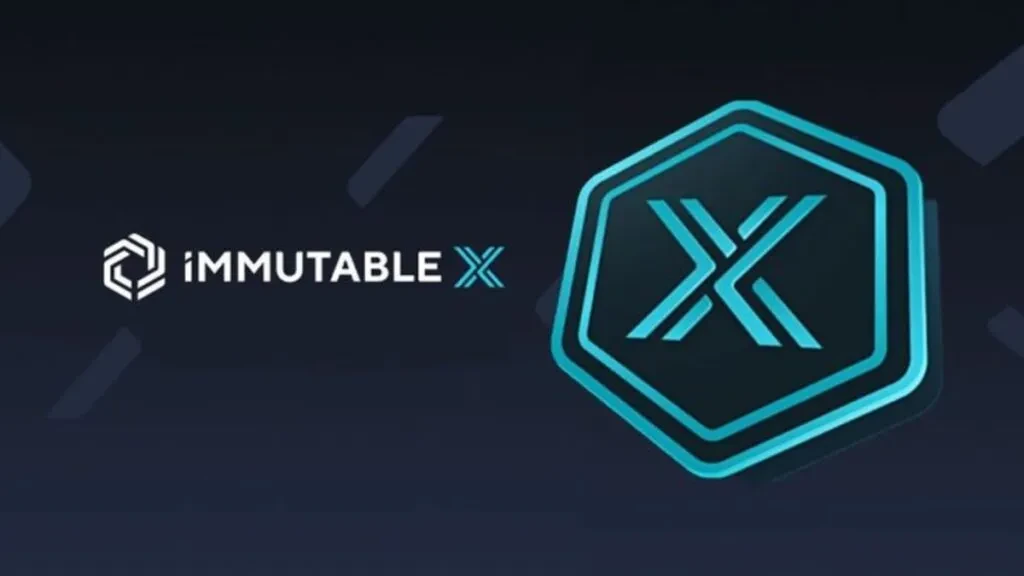
Image Credit: Crypto Economy
Strengthen security and regulatory compliance
Key Summary
– Institutional-grade security measures: Cold wallets, multi-signature protocols, and encryption technology reduce the risk of hacking.
– Regulatory clarity: Regulatory guidance developed by the SEC helps with compliance for token issuers and custodians.
– Global Standards: FATF and IMF are coordinating AML (Anti-Money Laundering) and KYC (Know Your Customer) standards for cryptocurrencies worldwide.
Why it matters
– Investor confidence: Stronger security measures can make retail and institutional investors more comfortable participating in the crypto market.
– Stable market development: Clear regulatory rules will help reduce hacker attacks and fraud incidents and promote healthy market growth.
– Wider adoption: Enterprises can enter the crypto market with greater confidence in a transparent regulatory environment.
Focus
– Collaboration between regulators and crypto businesses on anti-fraud measures.
– Audits of large financial institutions to ensure financial transparency.
– The development of crypto asset insurance to reduce investment risks.
Noteworthy projects
– Quant (QNT) – provides blockchain interoperability and facilitates regulatory compliance.
– Chainalysis (private company) – Blockchain analysis tools to support AML/KYC regulatory needs.
– Fireblocks (private company) – provides institutional-grade security for digital assets.
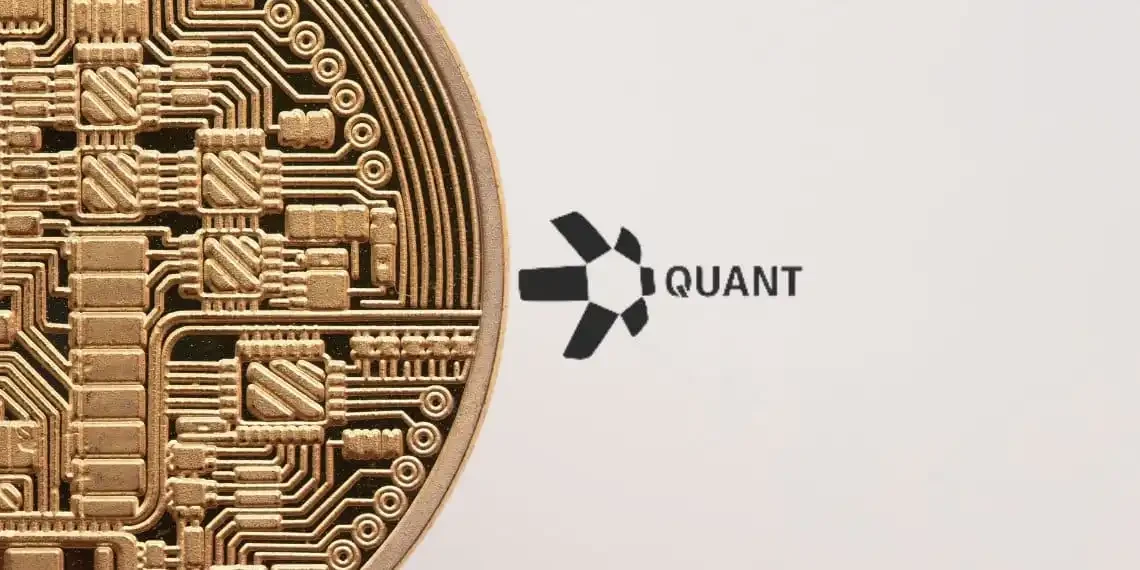
Image Credit: Tech Report
Quick Links
About XT.COM
Founded in 2018, XT.COM currently has more than 7.8 million registered users, more than 1 million monthly active users, and more than 40 million user traffic within the ecosystem. We are a comprehensive trading platform that supports 800+ high-quality currencies and 1,000+ trading pairs. XT.COM cryptocurrency trading platform supports a variety of trading products such as spot trading , leveraged trading , and contract trading . XT.COM also has a safe and reliable NFT trading platform . We are committed to providing users with the safest, most efficient, and most professional digital asset investment services.










